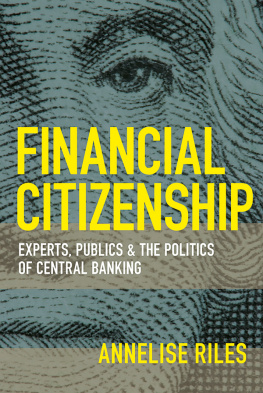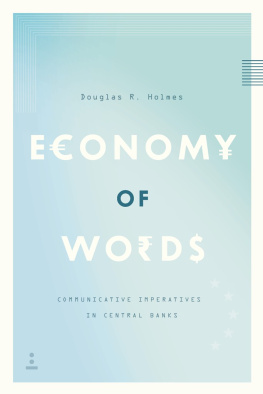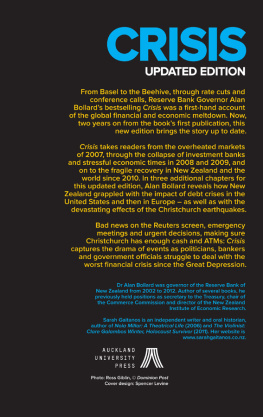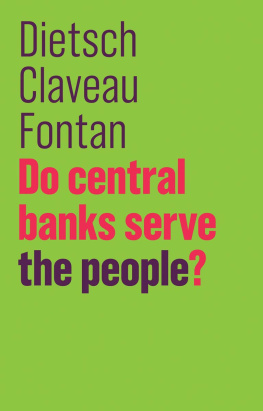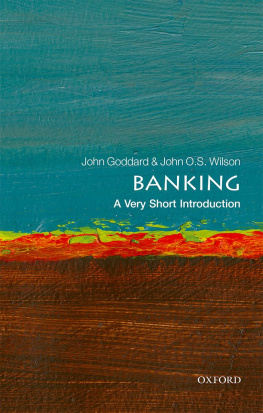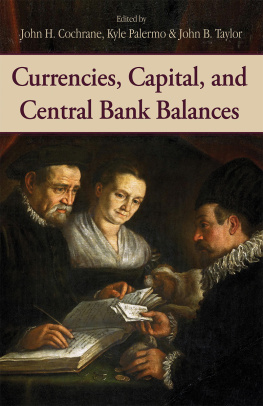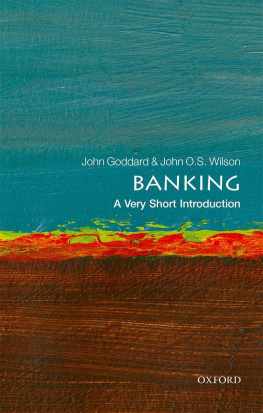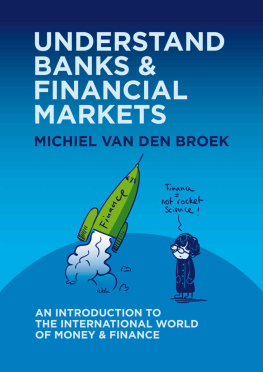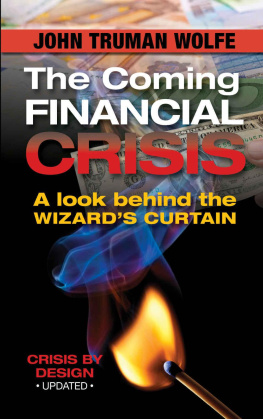Chapter 1
THE LEGITIMACY OF CENTRAL BANKING
Government bailouts. Negative interest rates and markets that do not behave as economic models tell us they should. New populist and nationalist movements that target central banks and central bankers as a source of popular malaise. New regional organizations and geopolitical alignments laying claim to authority over the global economy. Bitcoin, cell phone banking, and other new forms of money and payment systems that challenge the authority of national currencies. Low confidence in conventional currencies and the state institutions behind them. Households, consumers, and workers facing increasingly intolerable levels of inequality. New risks associated with the financial health of pension funds. Public skepticism about the science of monetary policy and suspicion that central bankers serve the interests of a few at the expense of the rest. Malaise and unease among central bankers themselves about the limits of their tools and the double binds that define their work.
These dramatic conditions seem to cry out for new ways of understanding the purposes, roles, and challenges of central banks and financial governance more generally. The problem is not just that dominant economic models have failed to anticipate the current predicament. The problem is also that existing frameworks are far too narrow to take into account the broader political, social, and cultural implications of the work of central bankers on local, national, regional, and global scales. The unfinished agenda of the post-2008 reforms, arguably, is an intellectual one: how to understand the place of the state in the market and, in particular, the place of the central bank in relationship to politicsin all the senses of the term.
The problem is not just intellectual. It is also political. Over the past eight years, as central banks have grappled with financial crises and economic uncertainty, they have assumed new powers and also new responsibilities. This has opened up new legitimacy challenges. In many countries, central bankers are under attack from populist politicians who have come to power on the promise of bringing the central bank to heel. On the right and on the left, new civil society groups are challenging the idea that we should trust financial regulators because they are experts in governing the economy. They are challenging the notionaccepted by most for a generationthat expertise confers legitimacy. Various groups with vastly differing agendas are asking questions like: Do central banks have the power that they do, as a matter of law? Should they have that power, as a matter of policy? What are the proper roles of experts, elected officials, market participants, and the citizenry at large in stewarding national and global economies?
Central banks serve many important purposes in our national and global markets. First, they act as a clearinghouse between private banks. When you cash a check, your bank clears that check with your counterparts bank through the central bank. This means that every bank has an account with the central bank. How much interest the central bank pays on funds in that account in turn affects how much interest banks can afford to pay their own depositors on their own accounts, or what interest rates banks will charge lenders. Second, central banks buy and sell government debt (and most recently other assets too, from stocks to real estate trusts) in order to stabilize the amount of money that is available in the market. If central banks buy lots of government bonds or stocks from banks in exchange for money, for example, the banks will have more cash on hand to loan to their customers. In theory, this should encourage banks to make more loans to more businesses, leading to more jobs.
Central banks also set rules for national banks as to how much money they must hold in reserve overnight. Different central banks have different mandates from their governments for all this monetary policy. Some are charged with focusing only on stabilizing pricesmaking sure that there is not too much inflation. Others are charged with focusing on other policy objectives, such as ensuring that there are enough jobs in the economy.
Central banks are also important regulators of banks. Their regulatory powers differ from country to country, but they often have the power to conduct inspections, audits, and other initiatives to ensure that banks lending practices and reserves are sufficient that they will not pose a threat to the stability of the economy.
Finally, central banks play critical roles in calibrating the interface between national economies. They buy, sell, and store foreign currencies in a way that affects the value of the national currency relative to other currencies. Some central banks have agreements to loan one another currencies in times of crisis (so-called swap lines) on the understanding that a financial crisis in one national economy can quickly spread to another. Central banks cooperate to produce rules governing what banks in each country can do. This is done primarily through the Bank for International Settlements, a global organization of central banks, but also through other international institutions.
In this book I will show that the conflicts about who gets to decide how central banks do all these things, and about whether central banks are acting in everyones interest when they do themin short, conflicts over central bank legitimacyare in large part the product of a culture clash between experts and the various global publics that have a stake in what central banks do. Expertscentral bankers, regulators, market insiders, and their academic supportersare a special community, a cultural group apart from many of the communities that make up the public at large. We are all products of our particular cultural environments. These cultures shape everything from our political views, to how we communicate, to what situations make us comfortable and uncomfortable. There is nothing inherently wrong with this, nor is one cultural view right or wrong. But when the gulf between the culture of those who govern and the cultures of the governed becomes unmanageable, the result is a legitimacy crisis. Legitimacy, in other words, is not just political. It is also cultural.
This book is a plea for all of usexperts and publics aliketo address this legitimacy crisis head on, for the sake of the health of both our economies and our democracies. It will not be easy. Central bankers and other experts will need to begin to anticipate and take into account the potential far-reaching political consequences of their policies. They will need to account for their roles in the rise of new populist movements angered by bank bailouts and foreign swap lines. And they will need to make much more intensive efforts to reach out beyond the boundaries of their own cultural community. Certain institutional reforms, and certain new uses of existing institutional levers, can facilitate this important work. Civil society institutions, from the press to the NGO community, have a critical role to play. And all of us as members of the public must engage the experts and the issues as if the things we value, from our retirements to our democratic process, depended on it.
If we do this, I will argue, we can put our institutions back on legitimate political ground. The purpose of public engagement is ultimately a

